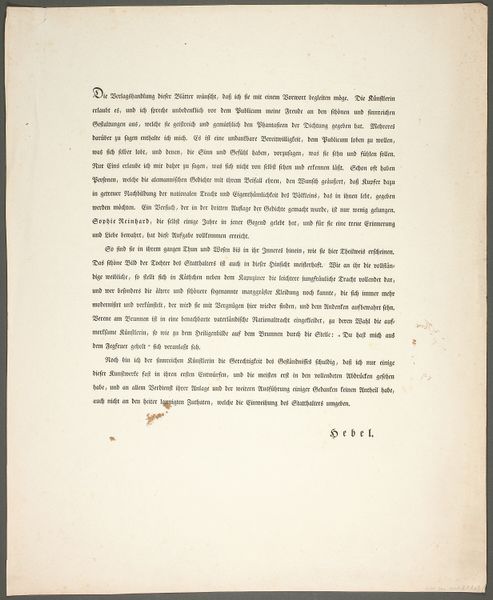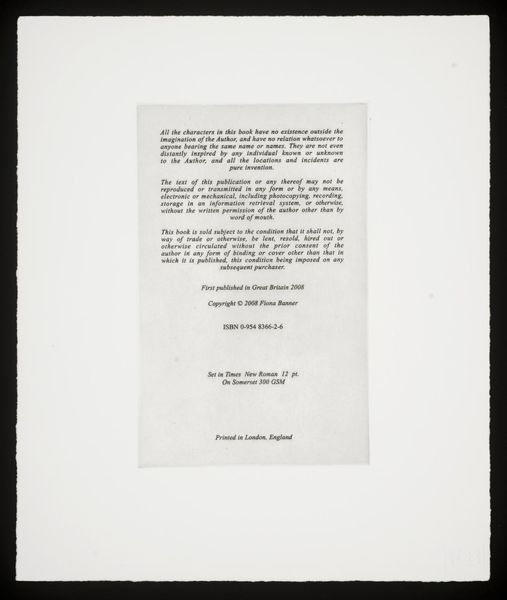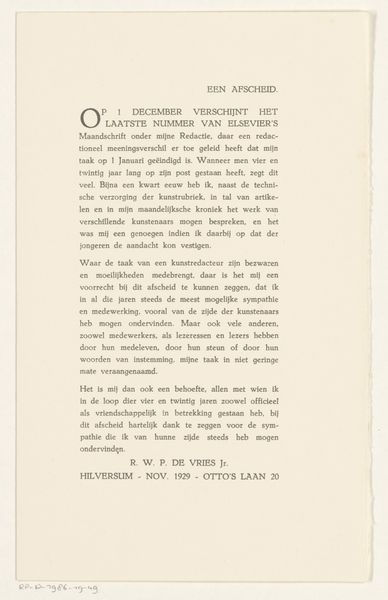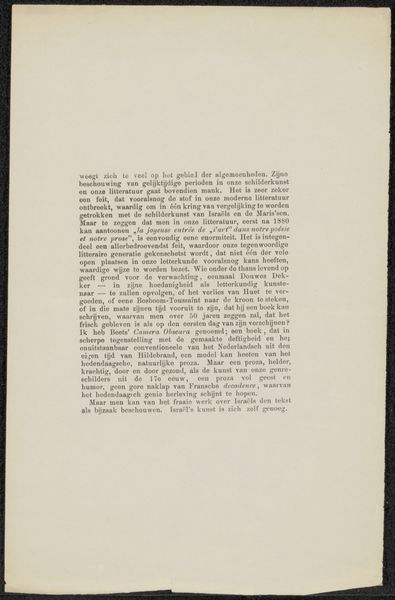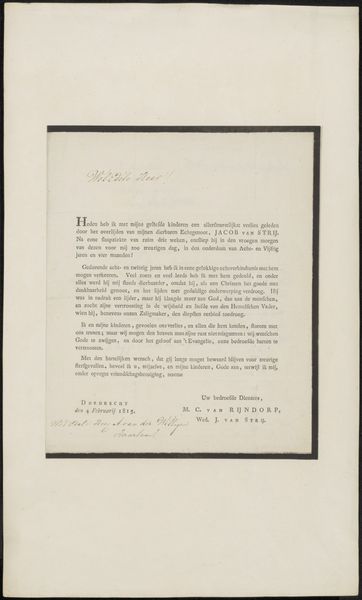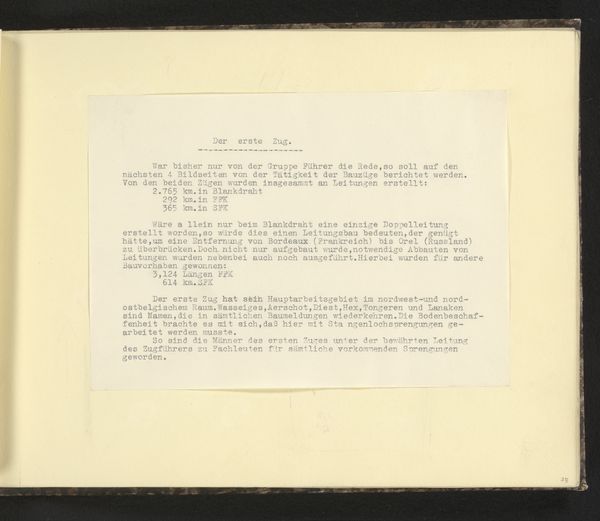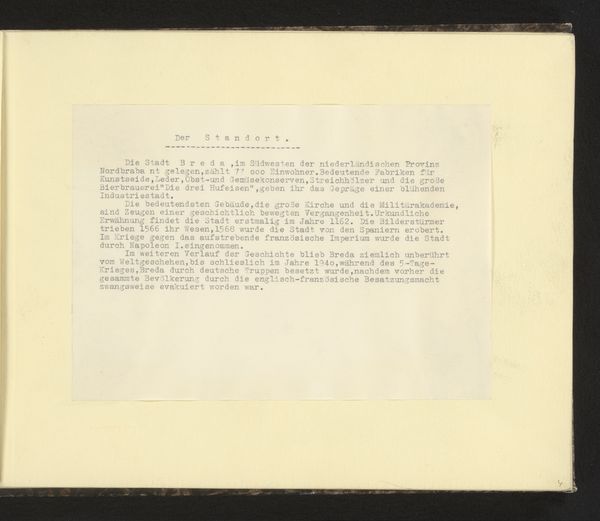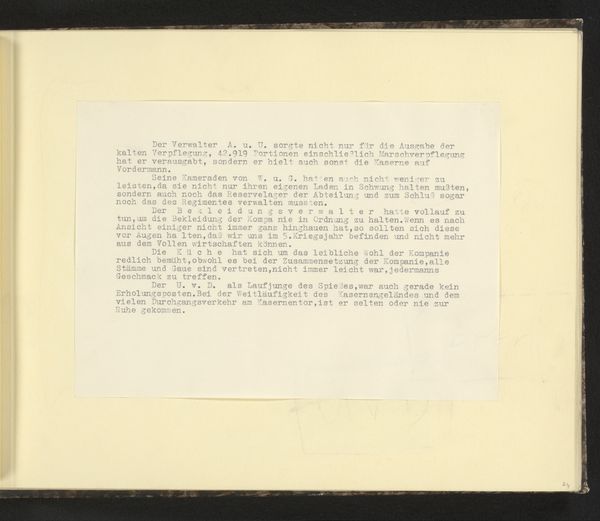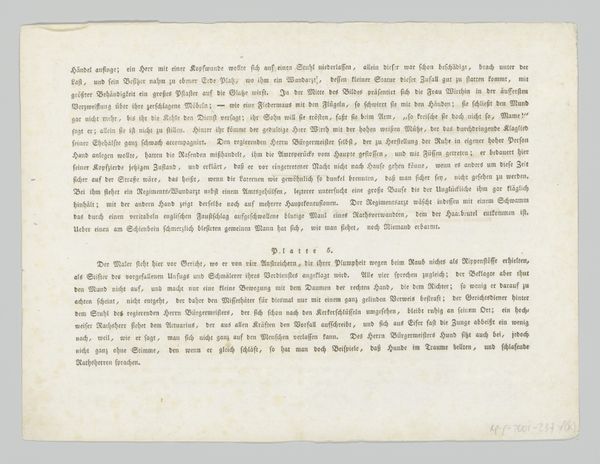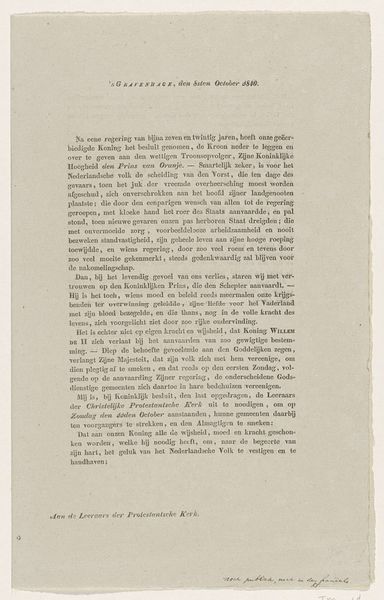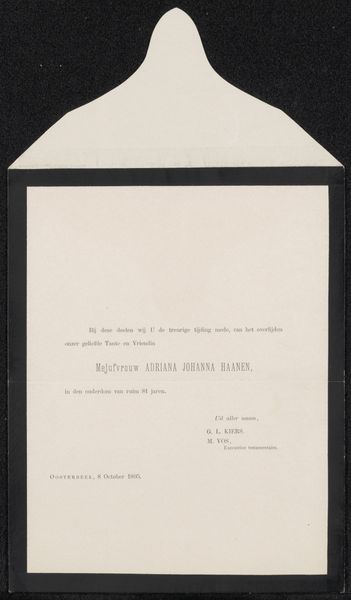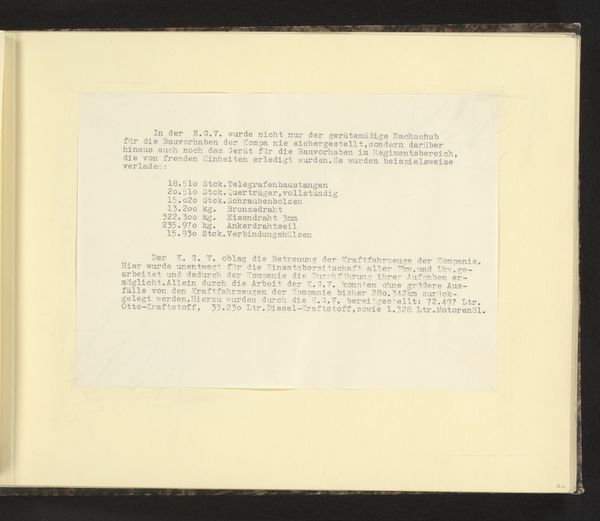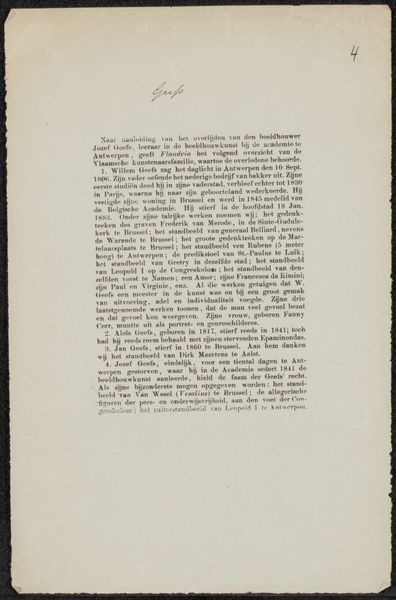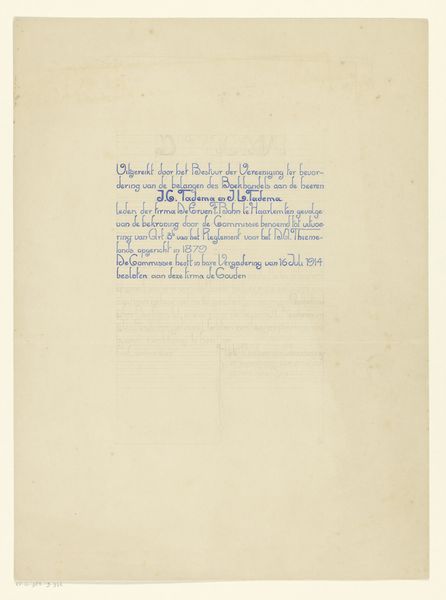
Illustration til "Hvorledes Dagen gaaer for Lille Lise" 1863
0:00
0:00
drawing, print, paper, woodcut
#
drawing
# print
#
paper
#
woodcut
Dimensions: 271 mm (height) x 187 mm (width) (bladmaal)
Curator: Let's consider this print, titled "Illustration til 'Hvorledes Dagen gaaer for Lille Lise'," crafted in 1863 by Lorenz Frølich. It's currently housed at the SMK, the National Gallery of Denmark. I am immediately struck by the quality of the woodcut on paper. Editor: Yes, it has that classic children's book illustration quality, a kind of naïve charm. Is this from a published book? The text looks to be integrated directly into the overall work. Curator: Indeed, it served as an illustration. Frølich was quite prolific in this realm; book illustration, children's books, influencing popular imagery and art through widespread visual distribution. He shaped the visual culture of the time. Editor: So, thinking about production, what would it take to disseminate artwork this way? You'd have to think about collaborative workshop environments with apprentices and specialized carvers of different skills and varying qualities—labor and material. Curator: Precisely. It's less about the singular genius artist and more about the artistic infrastructure—the publishing houses, the patrons who funded such projects. Look at how the design and even the typefaces are arranged—they're catering to a specific readership. Editor: You know, with the rise of industrialized printmaking, the original art object becomes almost… secondary. It’s a matrix for generating multiples, emphasizing utility and accessibility of the final images for general consumption over aura. Curator: That's a good point. But, while accessibility broadened, certain narratives and aesthetics were privileged. What kind of story is this text trying to frame? The little life? A story, probably idealized, aimed at shaping moral values in its young audience? Editor: Yes, so we need to examine both the overt messages and the covert influences—How is domesticity idealized here, what assumptions about gender and childhood underpin the illustrations and texts together. That makes a strong context to keep in mind. Curator: Absolutely. Considering both the means of production and the storyworld of its dissemination, a single illustration allows us to explore significant cultural territory. Editor: A glimpse of lives shaped as much by cultural currents, distribution, and artistic intent as by pen and ink.
Comments
No comments
Be the first to comment and join the conversation on the ultimate creative platform.
